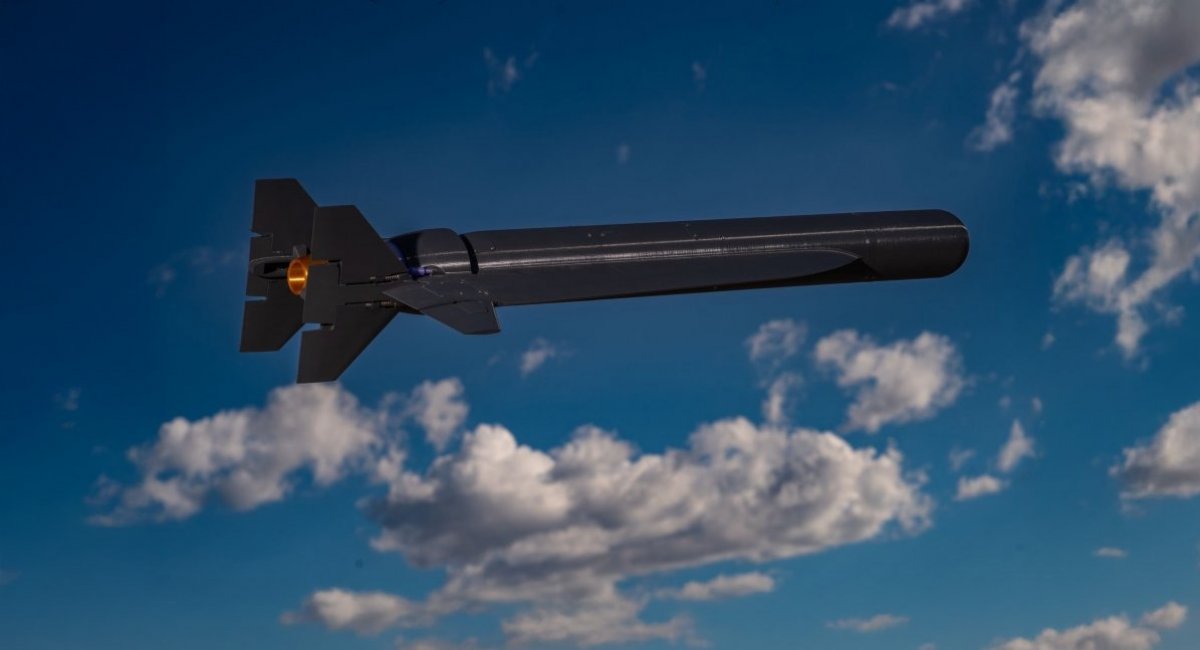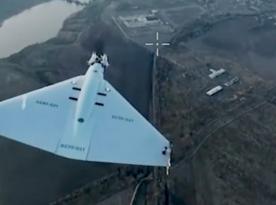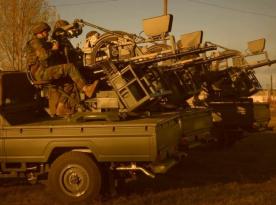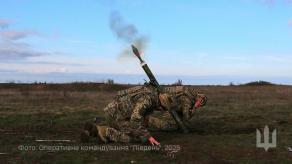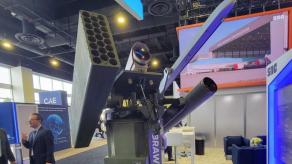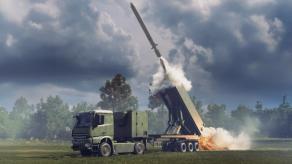American manufacturer Cummings Aerospace has announced that its tactical loitering munition, the Hellhound S3, can now reach 60 kmб a 50% increase over the previously stated 40 km range. The revision follows September flight trials in which the Hellhound drone flew 30 km and landed with more than half its fuel remaining. Crucially, the longer range stems not from adding fuel but from operating in a lower-speed loiter (barrage) mode rather than in a high-speed dash profile used during initial tests.
Early performance figures for the Hellhound S3 drone had been based on trials that emphasized top speed, reportedly measured at 618 km/h. That focus produced the initial 40 km number because the drone's fuel consumption at high speed was far higher. In loitering mode, trading speed for endurance, the airframe can therefore travel substantially farther on the same fuel load. That operational flexibility is central to the manufacturer's new guidance.
Read more: Quantum Systems Transforms Reliant Unmanned Aerial System into Advanced Mothership for the U.S.
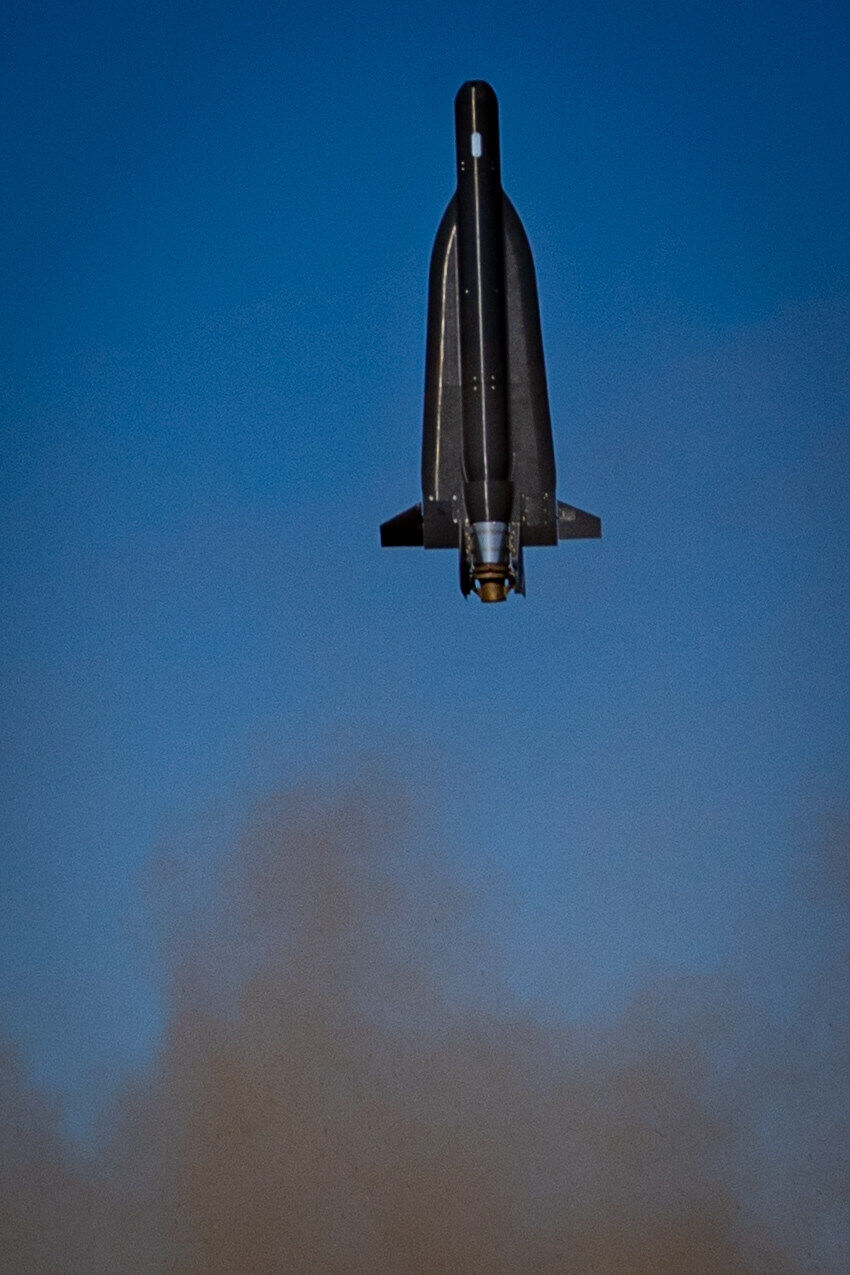
It is notable, and arguably surprising, that this discovery comes only now, given that the Hellhound S3 drone has been in serial production since spring 2025, with previously reported output rates of about 100 units per month. The company's recent tests suggest that some performance envelopes for the system remained under-explored in early production runs.
Production methods for the Hellhound S3 drone are modern and partly additive: the airframe is 3D-printed in three sections, a process that takes roughly two days before electronics and systems are fitted. Public reporting has suggested a full production cycle of seven days per unit, with expectations that this timeline will be shortened as manufacturing matures. These practices help explain the system's relatively rapid scalabililty.
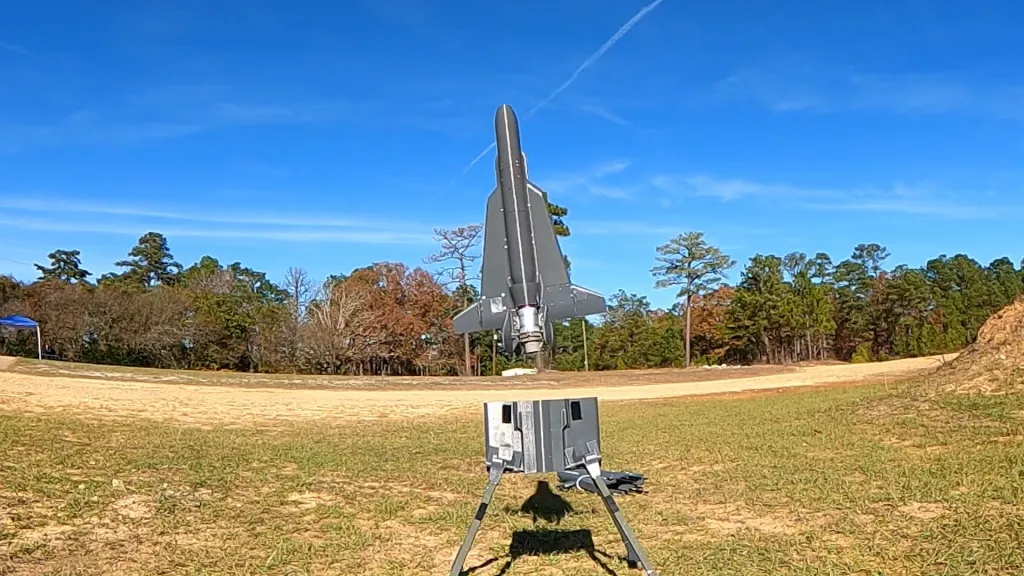
The Hellhound S3 drone's modular design is a core selling point. Its warhead, described by the developer as an unnamed payload of unspecified mass, can be swapped out in about five minutes for other mission equipment such as surveillance sensors or electronic-warfare packages. That plug-and-play versatility lets a single platform perform strike, intelligence, surveillance, reconnaissance, and EW tasks depending on mission needs.
Perhaps the most eye-catching claim from Cummings Aerospace is that the Hellhound S3 drone can engage airborne targets, including the Shahed UAVs. If validated in operational conditions, that capability would position the Hellhound drone as a multi-role, short-range counter-UAV and strike asset, a niche few small tactical loitering munitions occupy today. The manufacturer argues this breadth of roles makes the Hellhound drone nearly unique at its scale.
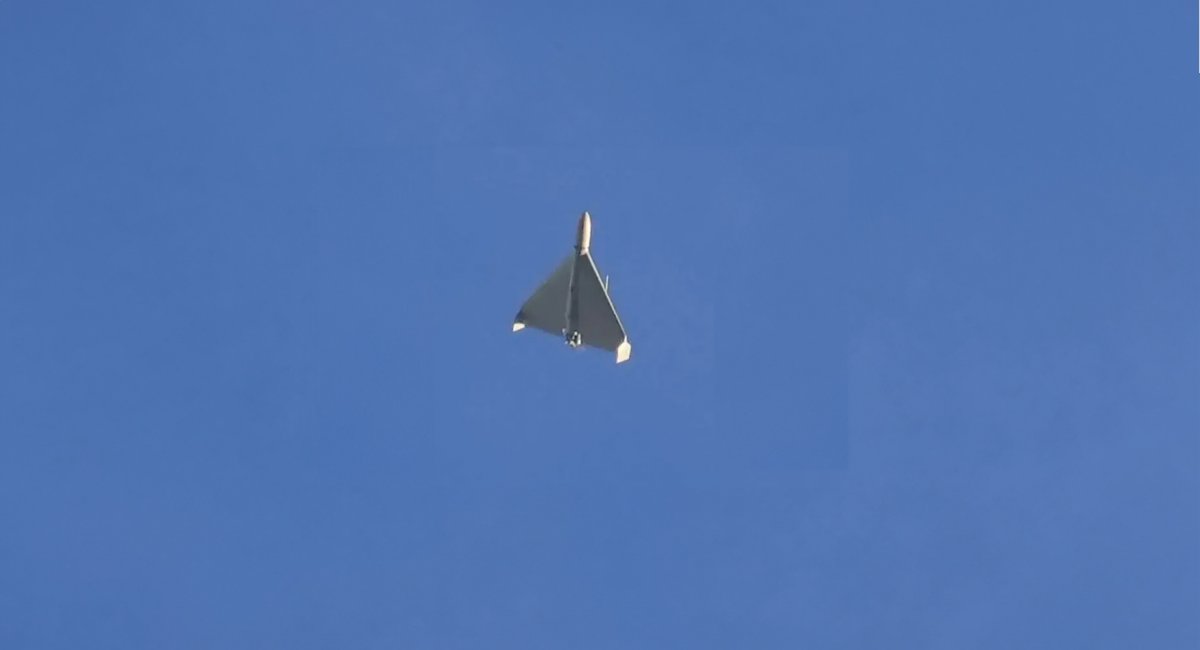
Weight and portability are emphasized: the entire kit, aircraft, controller, and transport container, reportedly weighs just 11.3 kg, light enough for a single infantryman to carry and employ. That makes the system attractive for the Infantry Brigade Combat Teams, for which the Hellhound S3 drone was specifically designed as a compact organic capability.
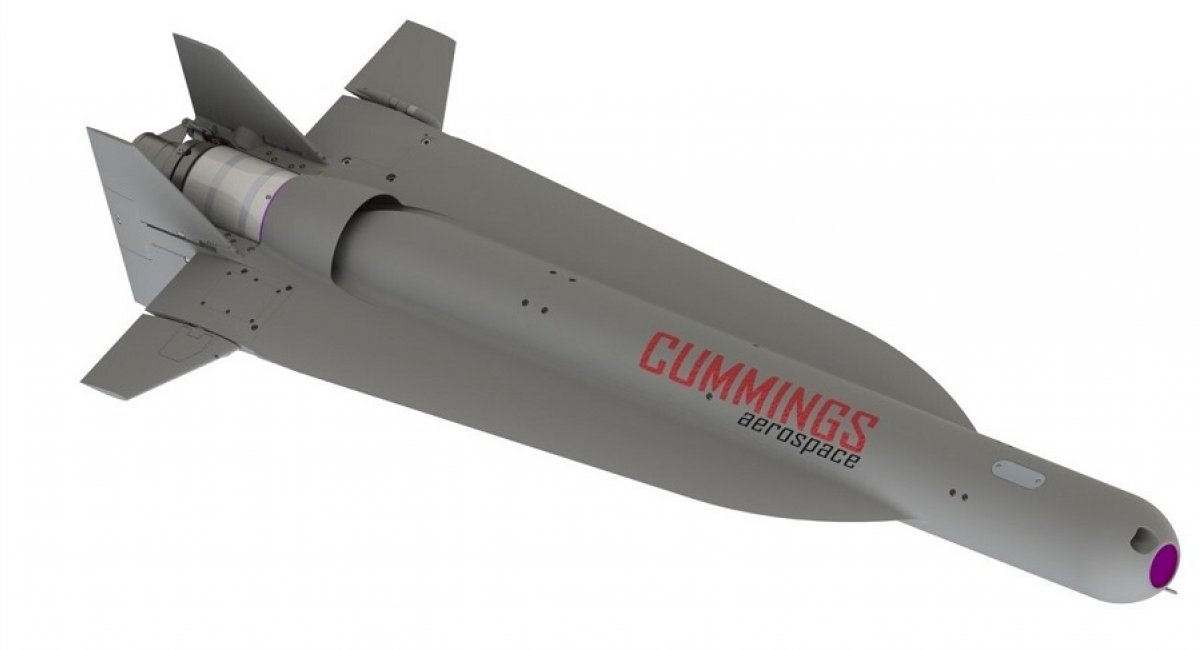
Operationally, the combination of extended range in loiter mode, fast re-roleability, and very low package weight makes the Hellhound S3 drone a flexible tool for small units. The recent performance update underscores a broader trend in tactical UAV design: producers increasingly optimize for mission adaptability and ease of use rather than raw speed alone. How those tradeoffs perform under combat conditions, especially against resilient and evolving aerial threats, will determine whether the Hellhound S3 drone's newly claimed advantages translate into battlefield impact.
Read more: AI-Enabled Ukrainian-American Shahed Analog with 1,600 km Range Tested on russian Targets, to Be Produced in Ukraine, U.S., and Germany




